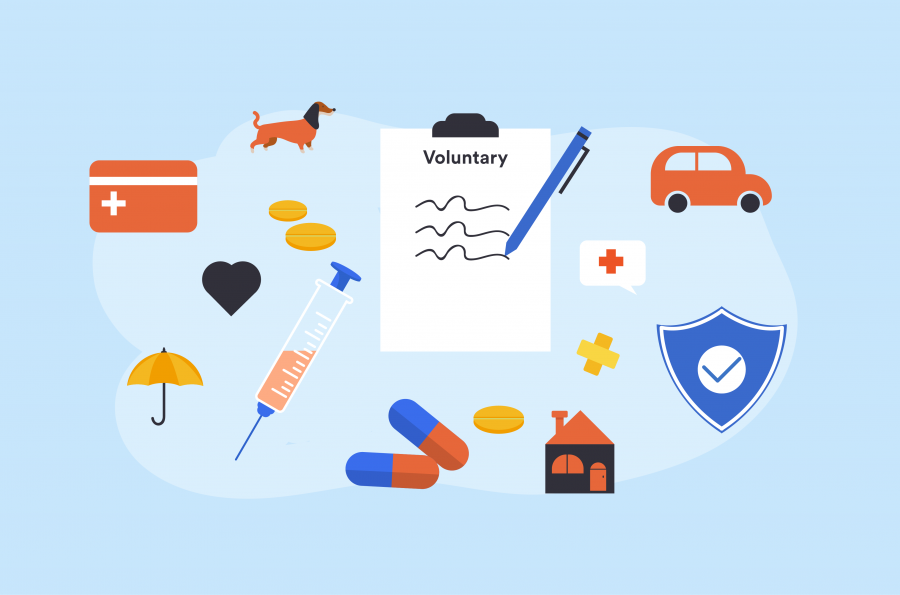
Post-pandemic employee benefits: what to expect after the unexpected
Best Practices
With over half of all US adults having received at least one dose of the Covid-19 vaccine, the post-pandemic world feels closer with every jab of the needle.But if you’re one of the 98% of HR decision makers who plan to make changes to your employee benefits offerings in the months ahead, uncertainty still abounds. How can you build a benefits package that meets your workforce’s changing needs when the reality of the post-pandemic workplace is still unclear?Our prediction: the biggest challenges brought on by the pandemic will continue to be top-of-mind for employees long after the virus is contained. And that means that introducing and expanding benefits that support flexibility, healthcare, and financial wellness will be key to unlocking happier, more productive teams.
Flexibility
When you’re working from home, every office is dog-friendly and has a fully stocked kitchen (unless you’re behind on grocery shopping). While the hallmark perks of a ‘flexible’ workplace in the pre-Covid era will always be appreciated, how employees define and value work-life balance has changed dramatically over the last year — and programs that support meaningful flexibility will become the new standard.Whether your team will be remote-first, return fully on-site, or take a hybrid approach, expanded support for working parents — especially when it comes to childcare programs and adaptable schedules — are a must. Planning to continue to WFH for the long haul? Look for opportunities for continued investment in your team’s remote-first experience — and expect a rise in businesses that offer stipends for home office equipment, chip in on wifi bills, and support virtual professional development.
Healthcare
Diagnoses for cardiovascular disease and diabetes in the US were down 10% in 2020. That’s not because we’re getting healthier: it’s because we’ve been delaying routine doctor visits out of fear of exposure to the coronavirus.With workers playing catch-up on medical exams and treatment, 42% of adults reporting significant weight gain in response to pandemic-related stress, and national emotional wellbeing at an all-time low, investing in employees’ health should be at the top of every HR leader’s priorities. But healthcare benefits don’t have to stop with insurance — we anticipate continued interest in expanded telehealth and virtual counseling programs, online wellness platforms, and required mental health days to combat burnout.
Financial wellness
9 in 10 Americans said that the pandemic has caused financial stress. With 43.2 million borrowers carrying an average of $39,351 each, student loan debt repayment programs are a major opportunity for employers to meaningfully contribute to one of the most significant — and universal — financial burdens among today’s workforce.With tools for making tax-advantaged monthly contributions to employees’ student loan payments, using spare change and cash back to chip away at debt, finding personalized loan refinancing plans and more, FutureFuel.io makes it easy for employers to help crush employees’ student debt. Want to learn more about how you can make a meaningful impact on your workforce’s financial wellbeing with post-pandemic employee benefits? Schedule a demo today.